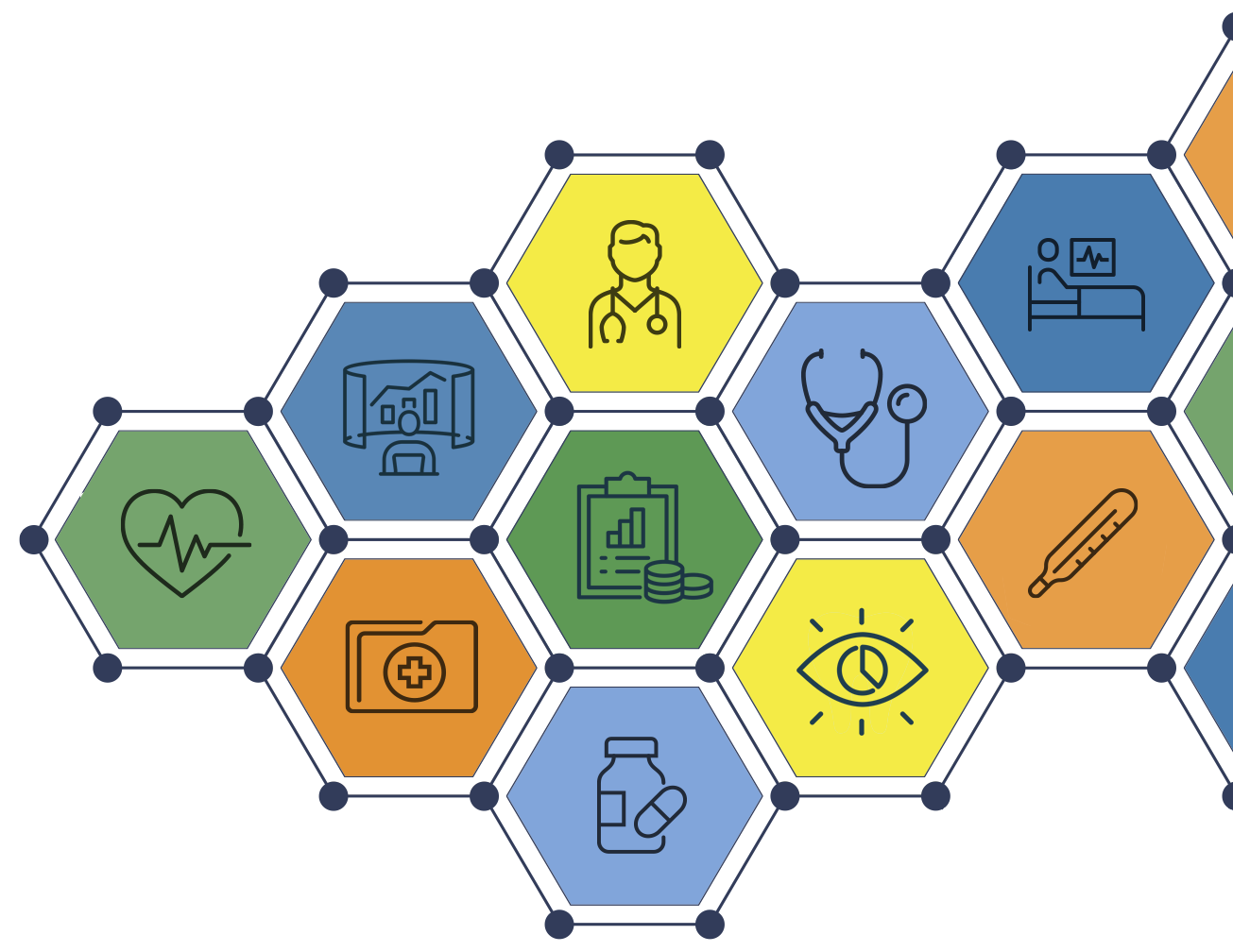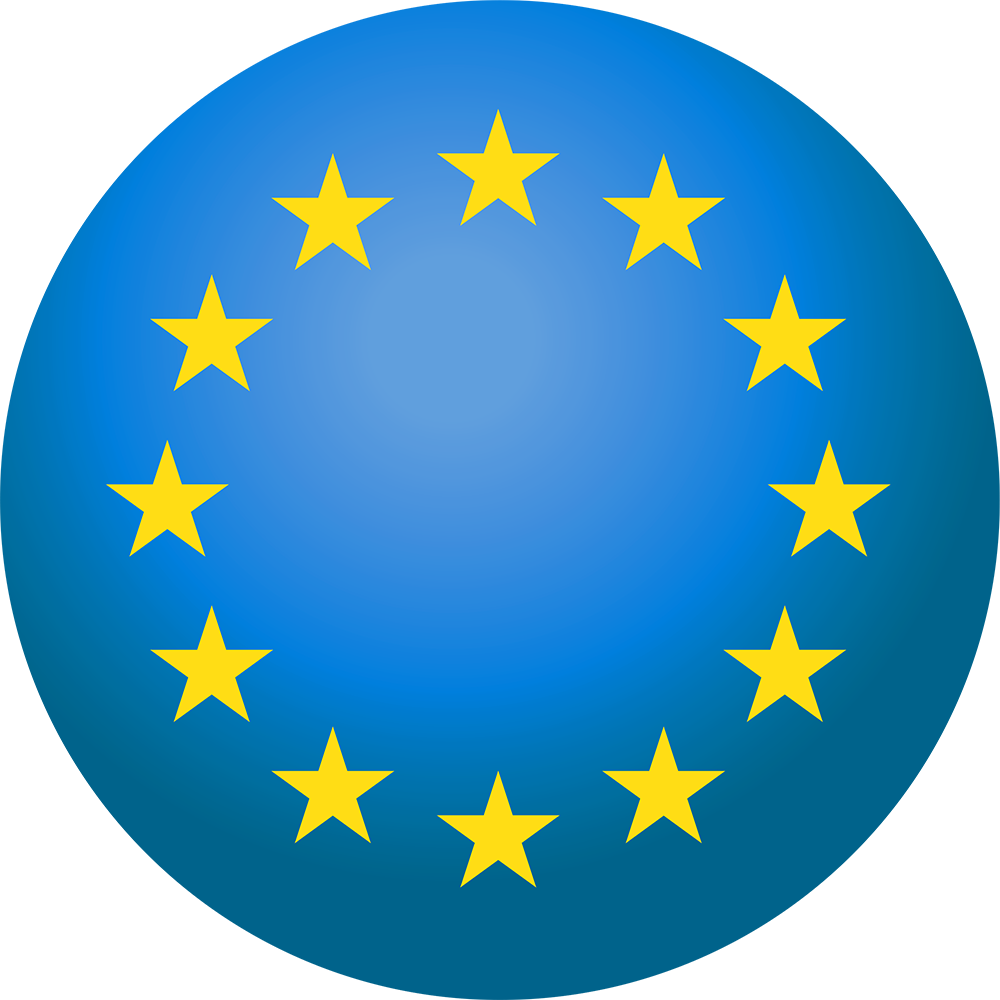NIRO
Navigating Innovation
& Research Opportunities
& Research Opportunities
This tool is designed to help single entities or teams from the private and public sector, not-for-profit organisations, and academia identify which R&I initiatives and programme opportunities could be the right fit. NIRO includes initiatives and programmes sponsored by the European Commission, as well as national ministries, agencies and not-for-profit organisations within and beyond the European Union.
To identify the relevant opportunities,
please complete the survey below.
You can also look at the full list of options available.




